Geomorphology of Desert Environments
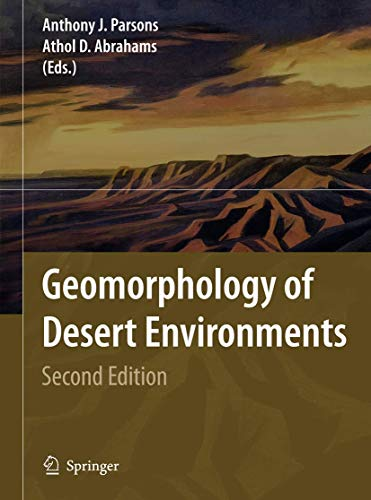
Summary
About one-third of the Earth’s land surface experiences a desert climate, and this area supports approximately 15% of the planet’s population. This percentage continues to grow, and with this growth comes the need to acquire and apply an understanding of desert geomorphology. Such an understanding is vital in managing scarce and fragile resources and in mitigating natural hazards. This authoritative reference book is comprehensive in its coverage of the geomorphology of desert environments, and is arranged thematically. It begins with an overview of global deserts, proceeds through treatments of weathering, hillslopes, rivers, piedmonts, lake basins, and aeolian surfaces, and concludes with a discussion of the role of climatic change. Written by a team of international authors, all of whom are active in the field, the chapters cover the spectrum of desert geomorphology.
Similar Books
-
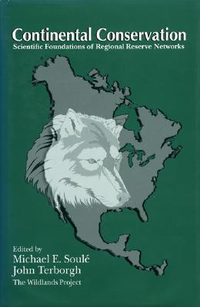 Continental Conservation: Scientific Foundations of Regional Reserve Networks
Continental Conservation: Scientific Foundations of Regional Reserve Networksby Michael E. Soulé
-
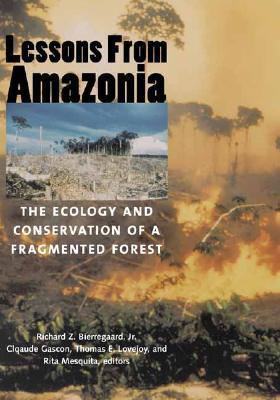 Lessons from Amazonia: The Ecology and Conservation of a Fragmented Forest
Lessons from Amazonia: The Ecology and Conservation of a Fragmented Forestby Richard Z. Bierregaard Jr.
-
 Bats in Forests: Conservation and Management
Bats in Forests: Conservation and Managementby Michael J. Lacki
-
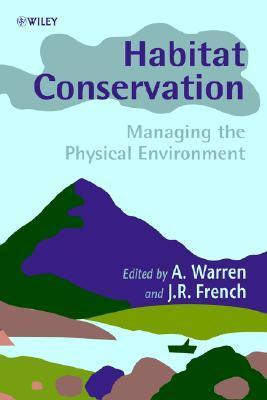 Habitat Conservation Managing the Physical Environment
Habitat Conservation Managing the Physical Environmentby Andrew Warren
-

-
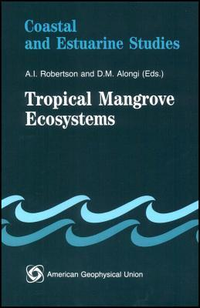 Tropical Mangrove Ecosystems
Tropical Mangrove Ecosystemsby A. I. Robertson
-
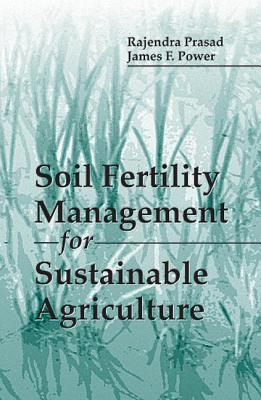 Soil Fertility Management for Sustainable Agriculture
Soil Fertility Management for Sustainable Agricultureby Rajendra Prasad
-
 Fertility of Soils: A Future for Farming in the West African Savannah
Fertility of Soils: A Future for Farming in the West African Savannahby Christian M. G. Pieri
-
 Coastal Marine Ecosystems of Latin America
Coastal Marine Ecosystems of Latin Americaby U. Seeliger
-
 Sustaining Marine Fisheries
Sustaining Marine Fisheriesby National Research Council
-

-

-
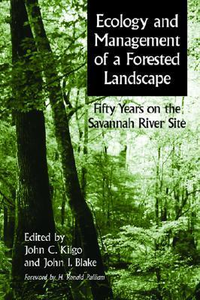
-

-
 Ecology and Management of Aquatic-Terrestrial Ecotones
Ecology and Management of Aquatic-Terrestrial Ecotonesby R. J. Naiman
-
 Coastal Plant Communities of Latin America
Coastal Plant Communities of Latin Americaby Ulrich Seeliger
-
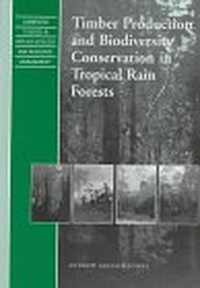 Timber Production and Biodiversity Conservation in Tropical Rain Forests
Timber Production and Biodiversity Conservation in Tropical Rain Forestsby Andrew Grieser Johns
-
 Mediterranean Desertification: A Mosaic Of Processes And Responses
Mediterranean Desertification: A Mosaic Of Processes And Responsesby Nichola Geeson
-
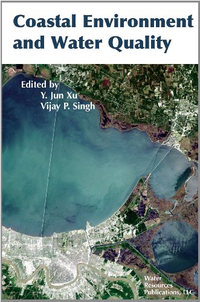 Coastal Environment and Water Quality
Coastal Environment and Water Qualityby Y Jun Xu